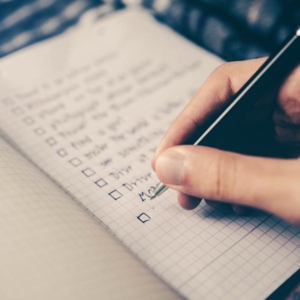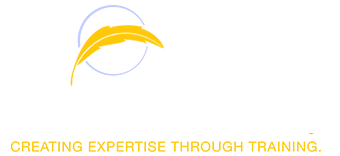THE MCCABE MINUTE
The Notary Checklist

Since notaries public have unlimited criminal and civil liability in the state of Florida, it is only prudent for them to take steps to protect themselves at each notarization. The best way to do this is to follow a checklist at each transaction, including using a journal, sometimes called a recordbook. The following is a suggested checklist:
- Check that the signer is competent and understands the document. Being competent includes not being under the influence of drugs, alcohol, dementia, or coercion. Do not explain the document unless you can legally do so. If you are going to ask your signers to place their thumbprint in your journal, mention it now. If all of the document signers cannot be present, remember that you can notarize for only those parties who appear before you. The notarial certificate(s) should reflect this. Document signers who are not present will obtain separate notarizations. If your signer’s document needs an additional notarial certificate, you can print it from my CD of 20 Notarial Certificates. To purchase one, click here.
- Discuss your fee.
- Signer(s) and you complete the journal entry. This provides a record and is admissible as evidence.
- Obtain and examine identification from all document signers, and examine it well. Compare it to the journal entry made by the signer.
- Examine the document for blanks, inaccuracies (including the date, state, and county), and inconsistencies. Make sure that all of these are appropriately corrected. Document should be signed. On a document with a jurat (oath or affirmation), the document must be signed in front of you.
- Take the acknowledgment or administer oath or affirmation, whichever is called for on the notarial certificate or, if that is missing, whichever is chosen by the signer (using whatever means they wish to make the choice).>
- Collect fee, if any.
- You and your signers write, print, and stamp to complete the notarial certificate accurately. You may add information to your certificate that would help explain any unusual circumstances. If you use a journal, be sure that the journal entry is completed before you apply your notary stamp to the notarial certificate.
- Keep document content confidential.
Customize the checklist to suit yourself and your needs and follow it for each notarization. Others may not know about the liability connected to being a notary and not understand the importance of thoroughness and accuracy. These people will be of no help to you should a problem arise.
Consistently using your checklist as part of your notary procedures allows you to rest assured that you have protected yourself.
You can read about other notarial subjects in another “Minute.”

